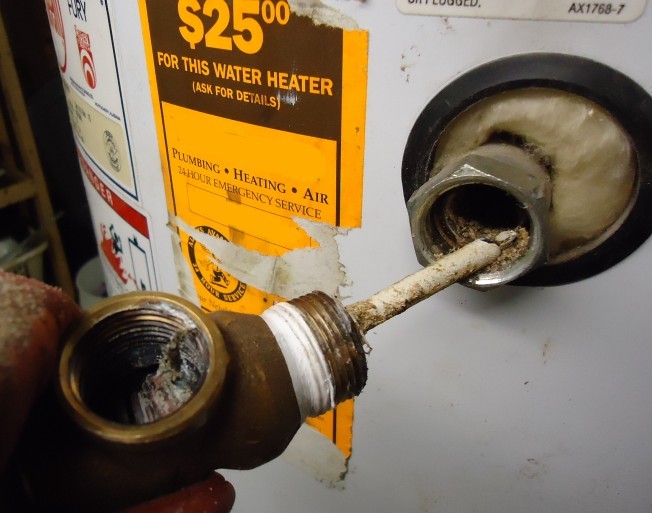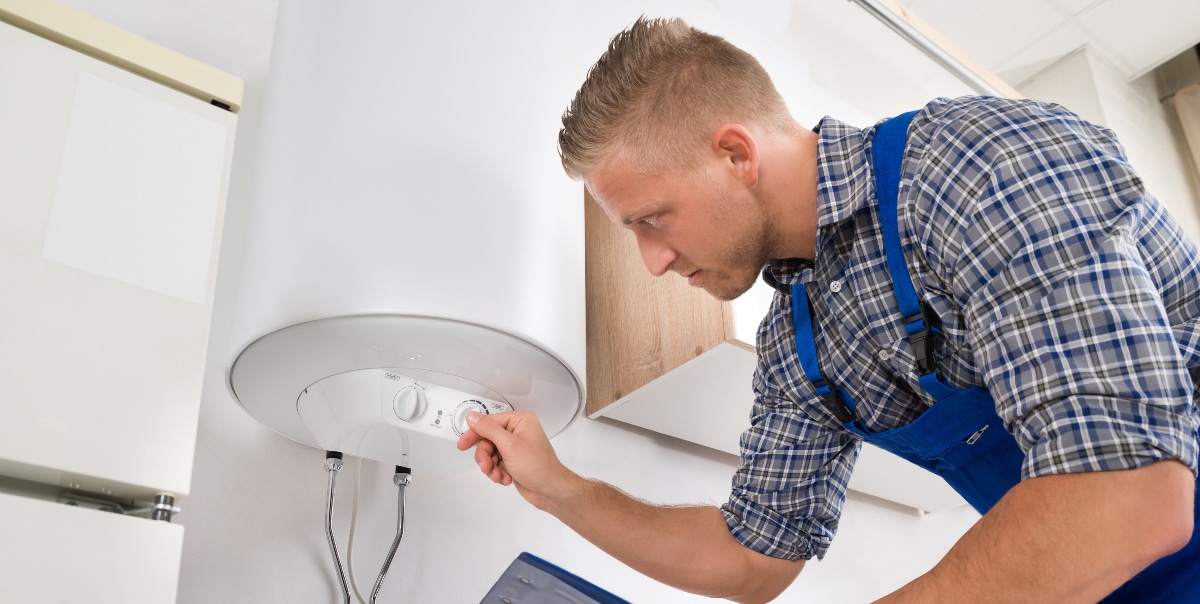Expert Tips for Maintaining Your Home's Hot Water SystemSteps on How to Care for Your Home's Hot Water System Effectively
Expert Tips for Maintaining Your Home's Hot Water SystemSteps on How to Care for Your Home's Hot Water System Effectively
Blog Article
Nearly everybody maintains their unique thinking about Tips on Maintaining a Water Heater.

Warm water is necessary for day-to-day comfort, whether it's for a rejuvenating shower or cleaning dishes. To ensure your hot water system runs efficiently and lasts longer, regular upkeep is vital. This article supplies useful tips and understandings on exactly how to keep your home's warm water system to avoid interruptions and costly fixings.
Introduction
Preserving your home's hot water system might seem daunting, but with a couple of straightforward actions, you can guarantee it operates smoothly for years ahead. This overview covers whatever from comprehending your hot water system to DIY upkeep pointers and understanding when to call expert help.
Relevance of Maintaining Your Warm Water System
Routine upkeep not only extends the lifespan of your warm water system however additionally ensures it runs efficiently. Disregarding maintenance can lead to decreased performance, higher power bills, and also premature failing of the system.
Signs Your Warm Water System Needs Upkeep
Knowing when your warm water system needs focus can protect against major concerns. Watch out for indicators such as inconsistent water temperature level, unusual sounds from the heater, or rustic water.
Understanding Your Hot Water System
Prior to diving into upkeep tasks, it's valuable to understand the fundamental parts of your hot water system. Normally, this includes the water heater itself, pipelines, anode rods, and temperature controls.
Month-to-month Maintenance Tasks
Normal month-to-month checks can assist capture minor issues before they intensify.
Flushing the Hot Water Heater
Flushing your hot water heater removes debris build-up, enhancing efficiency and extending its life.
Checking and Changing Anode Rods
Anode rods protect against rust inside the container. Examining and changing them when broken is essential.
Checking and Readjusting Temperature Setups
Adjusting the temperature setups ensures ideal efficiency and safety.
DIY Tips for Maintenance
You can carry out a number of upkeep jobs yourself to keep your hot water system in top problem.
Looking for Leakages
Regularly check pipelines and links for leakages, as these can lead to water damage and higher bills.
Evaluating Stress Alleviation Valves
Checking the pressure relief valve ensures it works properly and stops too much stress build-up.
Shielding Pipelines
Insulating hot water pipes reduces heat loss and can save energy.
When to Call a Professional
While DIY maintenance is useful, some issues require professional proficiency.
Complex Issues Requiring Professional Help
Examples include major leakages, electric troubles, or if your hot water heater is continually underperforming.
Routine Professional Maintenance Benefits
Specialist upkeep can consist of complete assessments, tune-ups, and guaranteeing compliance with safety standards.
Verdict
Normal upkeep of your home's hot water system is important for efficiency, longevity, and price savings. By following these pointers and recognizing when to seek professional aid, you can make certain a trustworthy supply of hot water without unexpected disturbances.
How to Maintain an Instant Hot Water Heater
Before tinkering with your hot water heater, make sure that it’s not powered on. You also have to turn off the main circuit breaker and shut off the main gas line to prevent accidents. Also turn off the water valves connected to your unit to prevent water from flowing into and out of the appliance. 2. When you’re done, you have to detach the purge valves’ caps. These look like the letter “T” and are situated on either side of the water valves. Doing so will release any pressure that has accumulated inside the valves while at the same time avoid hot water from shooting out and burning your skin. 3. When the purge valves’ caps are removed, you have to connect your hosing lines to the valves. Your unit should have come with three hoses but if it didn’t, you can purchase these things from any hardware or home repair shops. You can also get them from retail stores that sell water heating systems. Read the user’s manual and follow it to complete this task properly. When the hosing lines are connected, open the purge port’s valves. 4. You should never use harsh chemical cleaners or solutions when cleaning your unit. Make use of white vinegar instead. It should be undiluted and you’ll probably use about 2 gallons. 5. Now flush your water heater. This task should probably take about 40 minutes. We can’t give you specific directions for this because the procedure is carried out depending on the type, model and brand of your heater. With that being said, refer to the user’s manual. 6. When you’re done draining the unit, you have to turn off the purge port valves again. Remove the hosing lines that you earlier installed on each of the water valves. Put the valve caps (purge port) back in their respective places and be very careful so as not to damage the rubber discs that are found inside these caps. 7. Now that everything’s back in place, check your user’s manual again to find out how to reactivate your water heating system. 8. Once it is working, turn one of your hot water faucets on just to let air pass through the heater’s water supply pipes. Leave the tap on until water flows smoothly out of it. https://www.orrplumbing.com/blog/2014/september/how-to-maintain-an-instant-hot-water-heater/

Do you really like reading up on How to Maintain Your Water Heater & Prolong its Life? Create a short review directly below. We will be pleased to see your opinion about this post. In hopes that you come back again soon. For those who liked our blog posting plz be sure to share it. Thank-you for taking the time to read it.
Visit Report this page